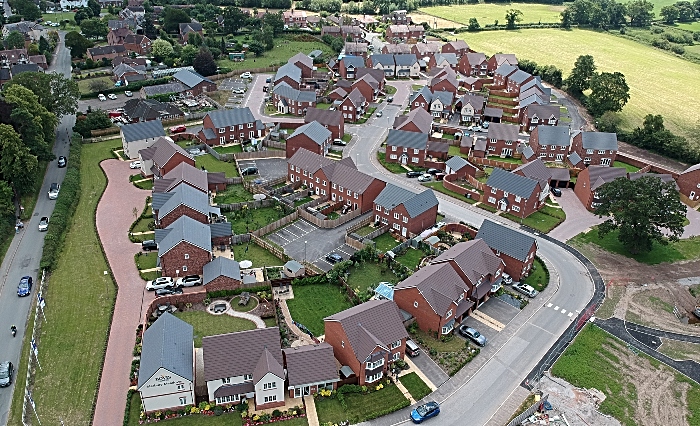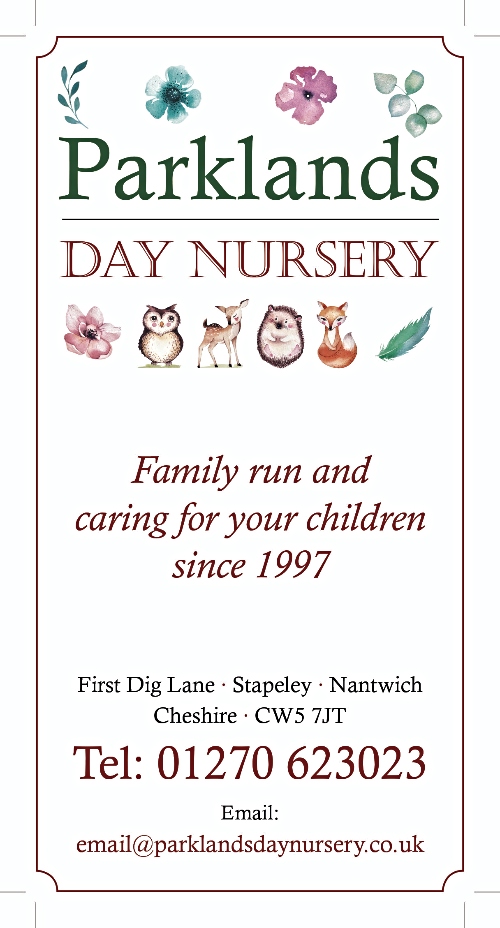
Thinking of knocking through a wall, updating your kitchen, or giving your place a full makeover?
Great. But before the dust starts flying and the paint goes on, there’s one thing far too many people overlook: safety.
It’s not the flashy part of a renovation. It’s not exciting. But skipping over it can turn a dream project into an expensive, stressful mess.
Here’s what happens when safety isn’t taken seriously – and why cutting corners in this area is one of the biggest mistakes homeowners can make.
Ignoring Asbestos – A Costly and Dangerous Oversight
Asbestos is still present in a huge number of homes, especially those built before the late 1990s.
Walls, ceilings, insulation, floor tiles… you’d be surprised where it can be hiding.
The problem is, it’s not always obvious. And if you don’t get a proper survey before starting work, you might not know it’s there until it’s too late.
When asbestos fibres are disturbed, they can become airborne.
And breathing them in is linked to several serious health conditions. It’s not something you want to take chances with.
What do many people regret? Not involving licensed professionals, like those at Cordtape Environmental Services, to carry out checks before tearing into walls or ceilings.
Or assuming they could just “be careful” and avoid any issues. That’s not how it works.
If asbestos is discovered midway through a project, all work has to stop. Emergency specialists have to be brought in.
The whole job can be delayed for weeks and cost significantly more than if it had been handled properly from the start.
Structural Shortcuts That Compromise Safety
Another regret that comes up time and time again is underestimating how much load-bearing elements matter.
Just because a wall seems thin or small doesn’t mean it’s safe to remove.
People often rely on guesswork, especially in DIY projects, thinking they’ll just add a support beam after the fact. That’s not how safe building works.
Removing or altering structural components without a proper assessment can lead to cracking, sagging floors, or even partial collapse.
It’s a safety risk for anyone living in the home, and a huge liability if you plan to sell.
Fixing structural damage after a mistake is far more complex (and costly) than getting it checked and approved properly upfront.
Electrical Work Gone Wrong
Trying to handle your own wiring, or hiring someone who isn’t properly certified, is another common regret.
It might feel like you’re saving money, but bad electrical work often hides behind walls and ceilings.
That means you won’t notice anything is wrong until there’s a short circuit, a blown fuse, or worse, a fire.
Faulty installations can also void insurance or create problems when getting an electrical safety certificate for sale or rent.
It’s a mistake that can have long-term consequences, not just during the renovation itself.
Not Ventilating Properly During Construction
This one often flies under the radar, especially for smaller renovations.
When dust, fumes, paint vapours, and other airborne pollutants build up indoors, it can make the environment unhealthy to work or live in.
People often regret not renting temporary ventilation systems or even something as simple as properly sealing off work areas and opening windows.
Respiratory issues, headaches, and fatigue are just the start. It can also impact how well finishes cure, especially with paint or adhesives.
Some materials also release VOCs – volatile organic compounds – that linger in the air.
Breathing in these chemicals over a prolonged period can pose health risks, especially for children or pets who are more sensitive.
Skipping Permits and Safety Inspections
No one loves paperwork. It slows things down and costs extra.
But permits exist for a reason – they’re tied to safety regulations that protect your property and everyone in it.
Some homeowners skip permits, hoping to save money or time, especially on things like extensions, roofing, or knocking through walls.
But down the line, this causes major issues. You could be forced to reverse the work, face penalties, or even struggle to sell your home without the right certificates.
Even when the job looks fine, unpermitted work means there’s no official inspection to confirm it’s been done to standard.
That’s not a position you want to be in years later when problems arise, or when a buyer’s surveyor asks questions.
Not Planning for Fire Safety
This one’s easy to overlook, especially in smaller jobs.
But renovations change the layout of your home, and sometimes that means your original fire safety setup no longer makes sense.
Removing doors, changing where bedrooms are, installing new stoves or ovens – all of these can affect how a fire spreads or how easily you can escape.
Some people regret not installing extra smoke detectors or forgetting to consider fire-rated materials when building internal walls.
It’s not just about building code compliance either. It’s about giving you and your family a better chance of staying safe if the worst happens.
Cheap Doesn’t Mean Smart
Everyone has a budget. But going for the cheapest option when it comes to safety measures is almost always a mistake.
Unqualified labour, cheap materials, skipping professional advice… it all seems like a cost-saver in the moment.
However, the long-term consequences are usually far more expensive.
Fixing mistakes, dealing with legal issues, or having to redo work can blow up a budget faster than anything else.
And that doesn’t even touch on the emotional stress of living in a half-finished or unsafe home while you scramble to put things right.
When it’s Too Late to Fix Easily
Perhaps the biggest regret of all is realising these things after the work is done.
Because once the walls are closed up, the paint is dry, and the fixtures are in, it’s harder and more expensive to go back and make things right.
That’s the thing about safety. It’s invisible when it’s done correctly, but painfully obvious when it’s not.


















Recent Comments